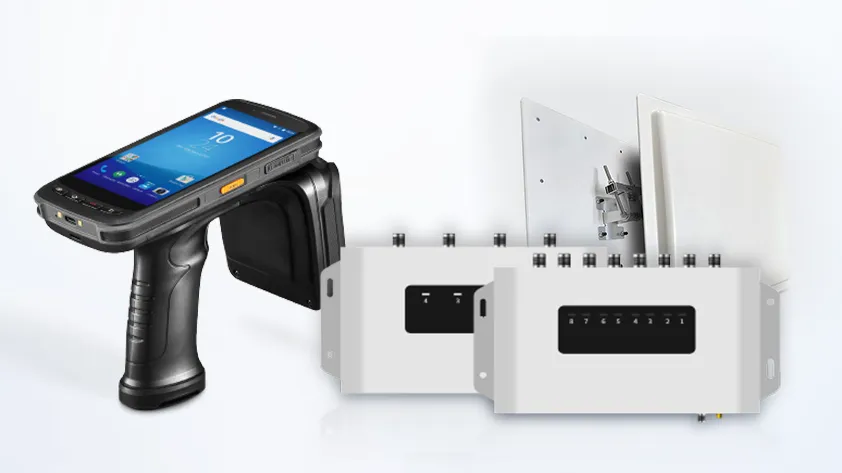The post “Improving Access Control in Schools with RFID Wristbands” explores the use of RFID wristbands as a modern solution to enhance security and access management in educational environments. It highlights the pivotal features of RFID technology, including real-time tracking, ease of use, and integration with existing security systems. Key advantages include increased safety for students and staff, streamlined check-in processes, and the ability to monitor building access efficiently. The article emphasizes the distinctive quality of RFID wristbands in fostering a secure, controlled atmosphere while promoting a more efficient school experience.
Tag Archives: passive RFID
This post delves into RFID (Radio-Frequency Identification) technology, highlighting its revolutionary impact on various industries. It explains the fundamental types of RFID tags—active, passive, and semi-passive—along with their unique features and functionalities. The article emphasizes the advantages of RFID, such as enhanced inventory management, improved accuracy in tracking assets, and increased efficiency in operations. By exploring the diverse applications of RFID technology, the post showcases its potential to streamline processes and drive innovation across sectors, making it a crucial tool for modern businesses.
This post explores the key differences between internal and external antennas in RFID readers. Internal antennas are compact and ideal for space-constrained environments, offering ease of installation and maintenance. They provide sufficient range for many applications but may experience limited performance in challenging environments. In contrast, external antennas are versatile and can be positioned for optimal signal strength, making them suitable for larger or more complex RFID deployments. They provide enhanced read range and directionality, allowing for better performance in diverse settings. The article highlights the advantages of each type, helping businesses choose the right antenna based on their specific needs and operational environments.



